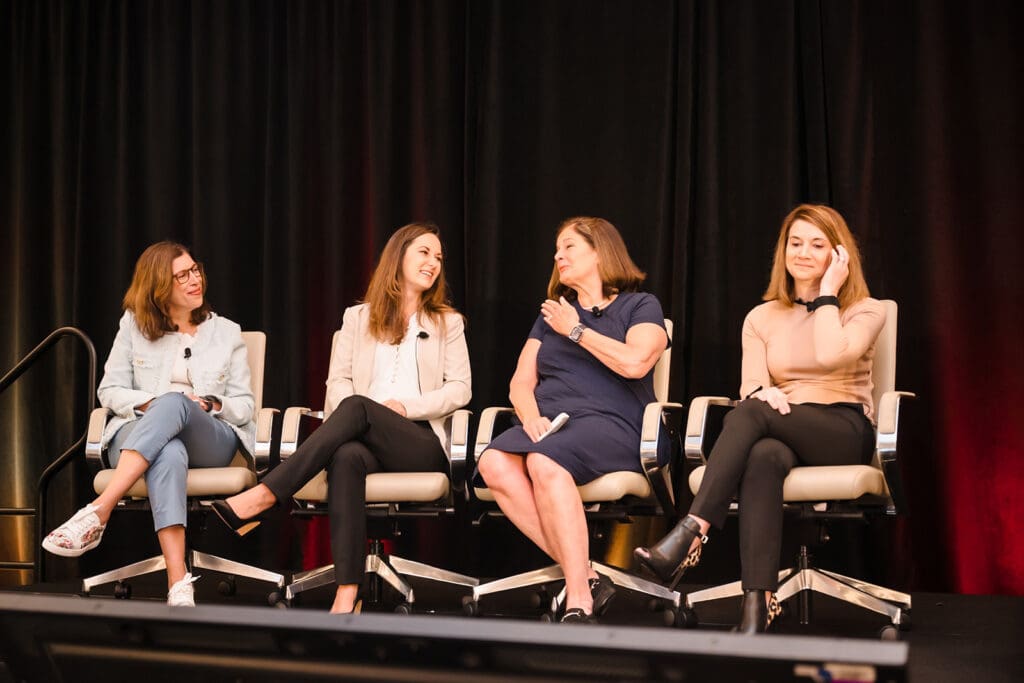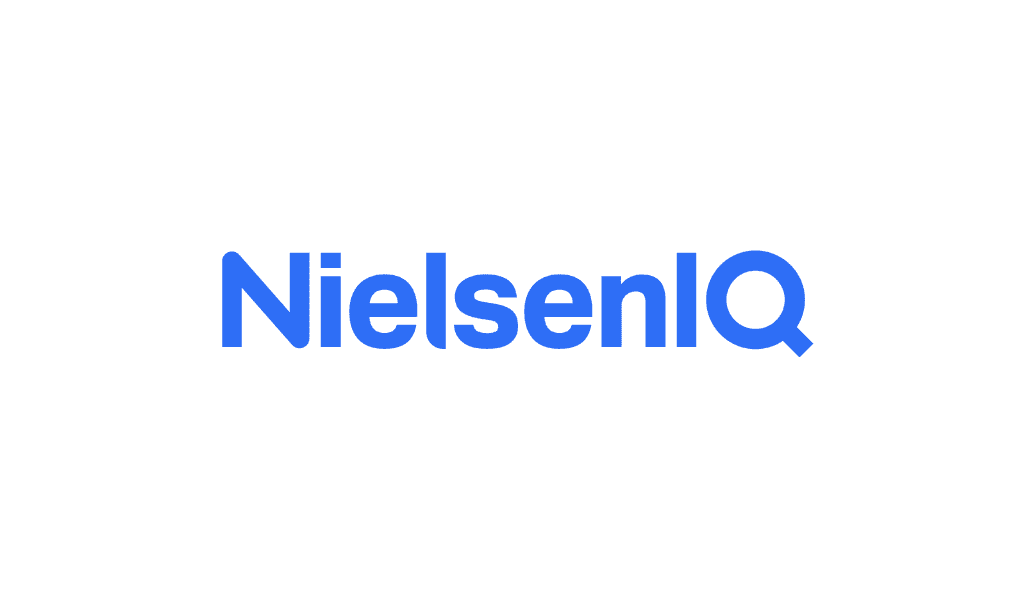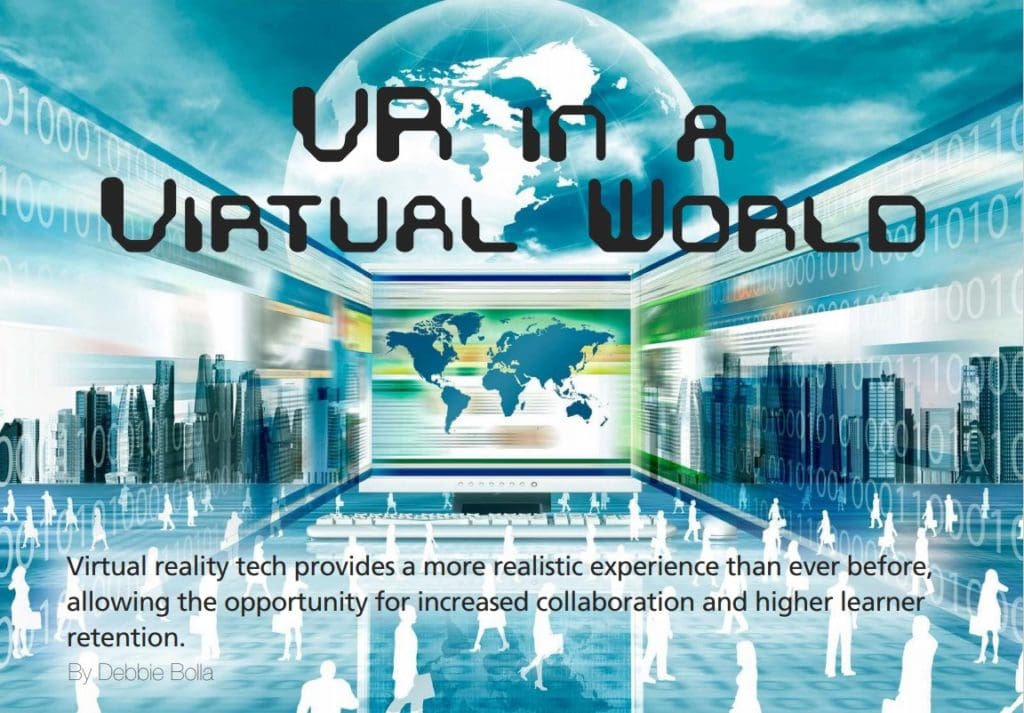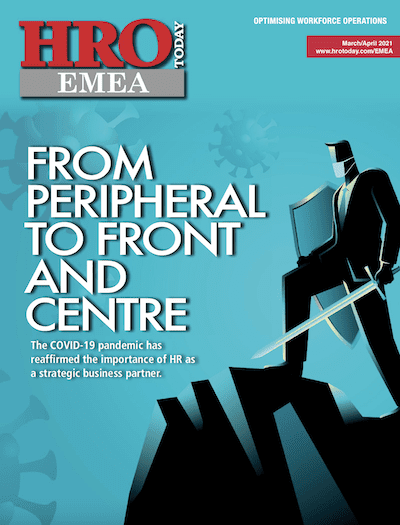CHRO Jenn Mann’s strategic approach to human capital is providing HR the means to enable data-driven change.
By Debbie Bolla
When you are in the business of analytics and intelligence software, innovation is a core organizational driver. And for North Carolina-based software developer SAS, a future-thinking philosophy radiates throughout the entire organization -and HR is no exception. Vice President and Chief HR Officer Jenn Mann’s strategic approach of aligning HR with organizational goals has resulted in the development of strong partnerships with each business line that helps HR leverage talent globally and execute people-focused programs that encourage retention. This has driven an impressive roster of achievements, including an industry-low three to five percent turnover rate, an average employee tenure of 10 years, and a spot on FORTUNE 100’s Best Companies to Work For® list along with 18 other global workplace culture awards in 2014. In fact, HRO Today honored Mann and her notable efforts with a 2015 CHRO of the Year award this past May.
Mann and her team truly embrace the understanding that passion and purpose are at the root of employee and job satisfaction. Such thinking has produced industry-leading total rewards, learning, and performance management programs for SAS’s 14,000 employees. Here, HRO Today gains further insight into how SAS encourages its culture of innovation, develops future leaders as workforce demographics continue to change at a rapid pace, and leverages its own data analytics software to make thoughtful people-driven decisions.
HRO Today: How do you develop and execute SAS’s culture of innovation? How does this make a difference in the employee experience?
Jenn Mann: Innovation in and of itself is the premise of what SAS was founded on, and we’ve kept that up throughout our history. We’ve had 40 years of creativity, innovation, and problem solving. You can apply business analytics to every problem and you can leverage data to solve any problem.
Our culture of innovation is based on creating an environment that encourages ideas to flow up from all levels of employees. Some ideas even receive approval and employees are provided resources to execute on them. The ability to allow employees to take risks is at the core of an innovative company.
For example, we have an Accelerator program. Employees put forth ideas by presenting them to a panel. The ideas are then vetted with research and development and decision makers. Those that are approved get resourced and pushed forward. The intention of Accelerator is to encourage ideas and innovation from all levels.
We also host Demo Tuesday where projects are brought forth to research and development and the leadership team, including the CEO, CMO, and the chief technology officer. Employees from all levels -even students -either highlight core projects or demo an idea. And in that meeting, there may be the decision to proceed with it.
Even in our non-core areas we provide avenues for creativity and innovation. There is a section of campus where our landscapers are given carte blanche when designing that area. If you haven’t been to our campus, its hallmark is our landscaping -and that’s because we are innovative and give the opportunity to be creative in the design work.
What does all this mean? At SAS, no matter what level or role you play, as an employee you will feel your work matters. It’s an empowering place to be.
HROT: How do you approach talent management as a shared business strategy?
Mann: It’s all about our people and our people leaders need to understand that they are talent managers as well. Talent management is a piece of HR -we are here to provide structure, processes, and tools. But at the end of the day, it’s a shared responsibility. So we reinforce that with our leaders: They are talent managers, and they need to focus on growing, planning, and grooming talent with SAS future needs in mind.
It remains a joint partnership. HR is helping our leaders manage, coach, give feedback, and organize talent reviews. We are also focusing on emerging leaders and high potentials with critical skill sets so that we can leverage their knowledge and develop them.
HROT: Why is it critical to develop leaders? How are changing demographics shaping these efforts?
Mann: The majority of our leadership positions are filled internally by design. We feel that respect isn’t earned through hierarchy but by managers who understand our technology.
What does it mean to lead at SAS? Training only goes so far -so we build in a lot of exposure and experience when we are molding leaders. For younger talent, we provide exposure to the executive team and mentoring programs. We also connect them with a local University and a scholars program -again, it’s more than just training. It’s experience by doing.
We are talking about leadership development a lot. We continue to have low turnover, and the average age of our workers is still around 45. But we’ve seen a recent uptick in our Millennial population through our student programs and development teams.
Although workers who are eligible for retirement have been delaying it, we know a big wave of retirement is coming, and we’ve done a great job planning for it by building a talent pipeline. We are targeting an internship program in tech, sales, and consulting areas. We have a sales academy for recent graduates and technology enablement academies for those workers who have between two and five years of experience. We provide them with intensive training programs and pair them with seasoned professionals in order to prepare them for the field. We’ve been very deliberate in our plans.
HROT: Why is data an important business driver? How can organizations use data to make better decisions around their talent?
Mann: It certainly helps to work for a company that is data driven at its core. In general it’s hard for HR to analyze data if we don’t have what we need. To find the right data, we have to figure out our business challenges and the questions we are trying to answer. We did know that we could use our own software to do the data analysis.
For example, when creating a career mentoring program and building management teams, our leadership team started out by talking. We shared several behaviors that we felt were important to being a mentor, like being a high performer and having multiple progressions and promotions. Then, all of the sudden, it was like duh! Let’s look at our data to see what really matters and drives results.
Turnover is another big HR issue. We have a standard dashboard that houses HR information. So in terms of turnover, we aren’t looking at who left and why, but who is going to leave and how we can prevent it. The dashboard provides retention analysis and shows us those potential employees who are at risk of leaving so we can take action.
HROT: How has your performance management process changed, and what do employees and managers gain from the new approach?
Mann: This has been a three-year journey -and now everyone else is doing it. At SAS, we have been getting feedback from employees and assessing our data. We are looking at data points through the Great Places to Work Trust Index© Employee Survey, as well as our SAS employee survey to understand all the reasons that having a structured performance review process wasn’t working. The data points suggest that employees didn’t understand how performance was accessed, what career development options were available, and how promotions were received. Boy, we were missing the boat: Our performance management process was not yielding results. So we held focus groups and reviewed shared data to gain a deeper understanding of how employees and managers felt to co-create a new process.
We also recognized that performance management was a core function of managers, yet it wasn’t always favored by leaders. But we said: This is your job, and if you don’t like doing this, don’t be a people leader. This came directly from our CEO during a webcast, and I reiterated it during a video interview. Performance management is a skill that we need to build within our leaders in order for them to become better coaches. They now receive the necessary training and development on it.
We continue to assess the process and changes. We are launching a manager assessment feedback form for direct reports in order to gain an understanding on employee sentiment on manager feedback, its frequency, if it’s constructive, if employees have the opportunity to work on special projects -core aspects of managing performance.
HROT: What impact does total rewards have on employee engagement and retention?
Mann: The philosophy of total rewards is beyond the two core components of compensation and benefits. At SAS, it includes work environment, work contributions, a work-life balance, and room for growth, among other things. If anything is out of balance and we feel we are at risk of losing people, we look at all of those things that comprise our total rewards philosophy. As part of talent management, we have to ensure we are paying competitively and our benefits and rewards programs meet the needs of our employees.
Our benefits are divided into four categories -health, money, career, and life -and employees have access to all of these benefits by their respective buckets on our internal website. We review each to see which ones are working -and which ones aren’t -to see what needs to be tweaked and where we need to invest. We look at survey results and data to do a cost analysis. For example, if the benefit comes with an enormous cost, but only a few employees use it, we may reallocate some of that budget to benefit a larger employee population. Two programs we are currently looking at include tuition reimbursement and paternal leave.














